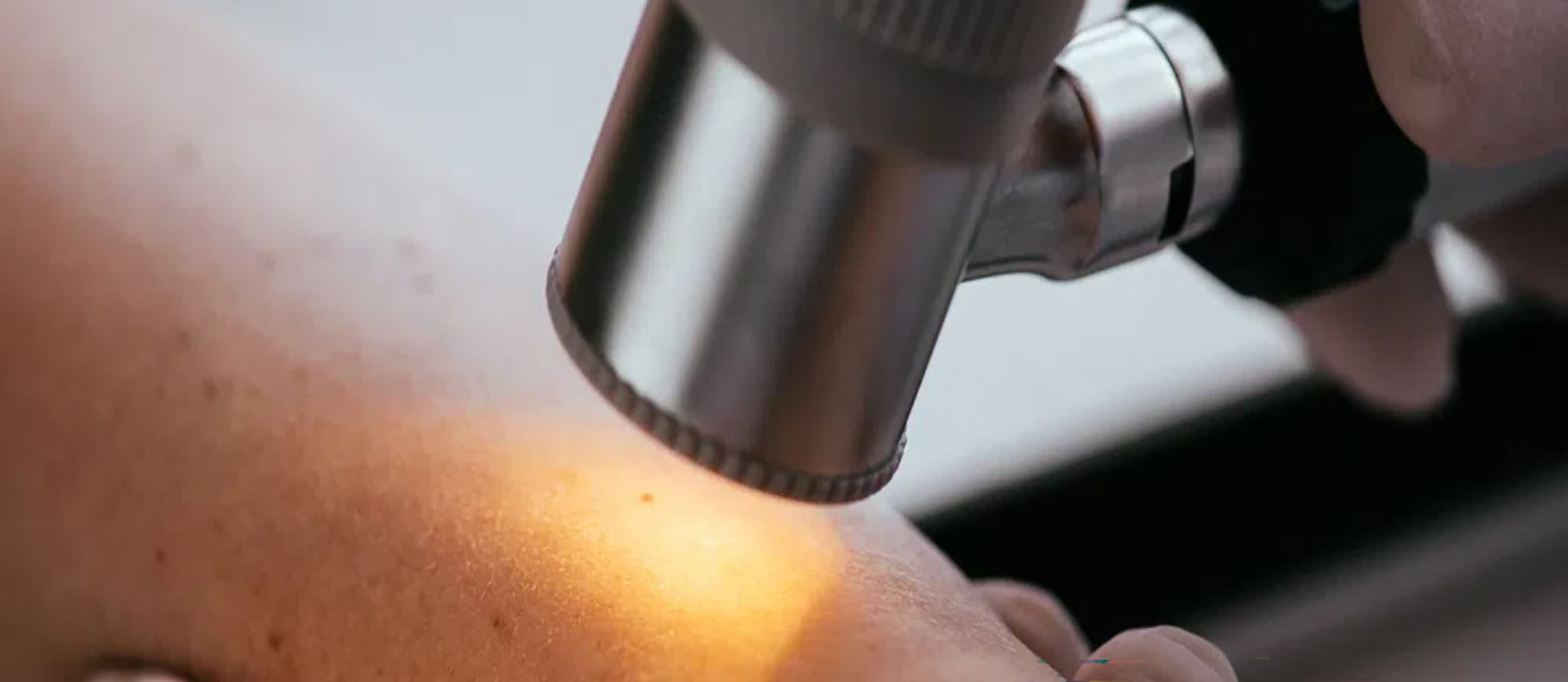

What is Dermatology?
Dermatology is the branch of medicine that focuses on the diagnosis, treatment, and prevention of diseases and conditions affecting the skin, hair, and nails. As the body’s largest organ, the skin plays a critical role in protecting us from environmental factors, regulating temperature, and providing sensory information. Dermatologists are medical professionals who specialize in the care of skin health, addressing a wide range of conditions, from common issues like acne and eczema to complex diseases like skin cancer.
At Oceania Hospitals, we are proud to offer expert dermatology services led by our highly qualified Dermatologist. Our team is dedicated to providing comprehensive and compassionate care, utilizing the latest medical advancements to ensure the best outcomes for our patients.
Our Dermatology Services
General Dermatology
Our general dermatology services cover a wide array of skin, hair, and nail conditions, including:
- Acne Treatment: Personalized treatment plans for managing acne, reducing scarring, and preventing future breakouts.
- Eczema and Dermatitis Care: Diagnosis and management of eczema, contact dermatitis, and other inflammatory skin conditions.
- Psoriasis Management: Comprehensive care for psoriasis, including topical treatments, phototherapy, and systemic medications.
- Rosacea Treatment: Customized therapies to manage the symptoms and triggers of rosacea.
- Wart and Skin Tag Removal: Safe and effective removal of warts, skin tags, and other benign skin growths.


Pediatric Dermatology
Children’s skin is different from adults and requires specialized care. Our pediatric dermatology services focus on diagnosing and treating skin conditions specific to infants, children, and adolescents, such as:
- Birthmarks
- Diaper Rash
- Eczema in Children
- Molluscum Contagiosum
- Skin Infections
Skin Cancer Screening and Treatment
Skin cancer is the most common form of cancer, but early detection significantly improves outcomes. Our dermatology team provides:
- Biopsies: Accurate diagnosis of skin cancer through tissue sampling.
Dermatologic Surgery
When necessary, our dermatologist performs surgical procedures to treat skin conditions, including:
- Excision of Skin Lesions: Removal of moles, cysts, lipomas, and other skin growths.
Hair and Scalp Disorders
Hair and scalp conditions can be distressing. We offer expert care for a range of issues, including:
- Hair Loss: Diagnosis and treatment of conditions like alopecia and male/female pattern baldness.
- Scalp Psoriasis: Management of symptoms to improve scalp health.
- Dandruff and Seborrheic Dermatitis: Effective treatments to control flaking and itching.
Nail Disorders
Our dermatology services also include the care of nail-related conditions, such as:
- Fungal Infections: Diagnosis and treatment of fungal nail infections.
- Ingrown Toenails: Management and treatment to relieve pain and prevent recurrence.
- Nail Psoriasis: Care for nails affected by psoriasis.

